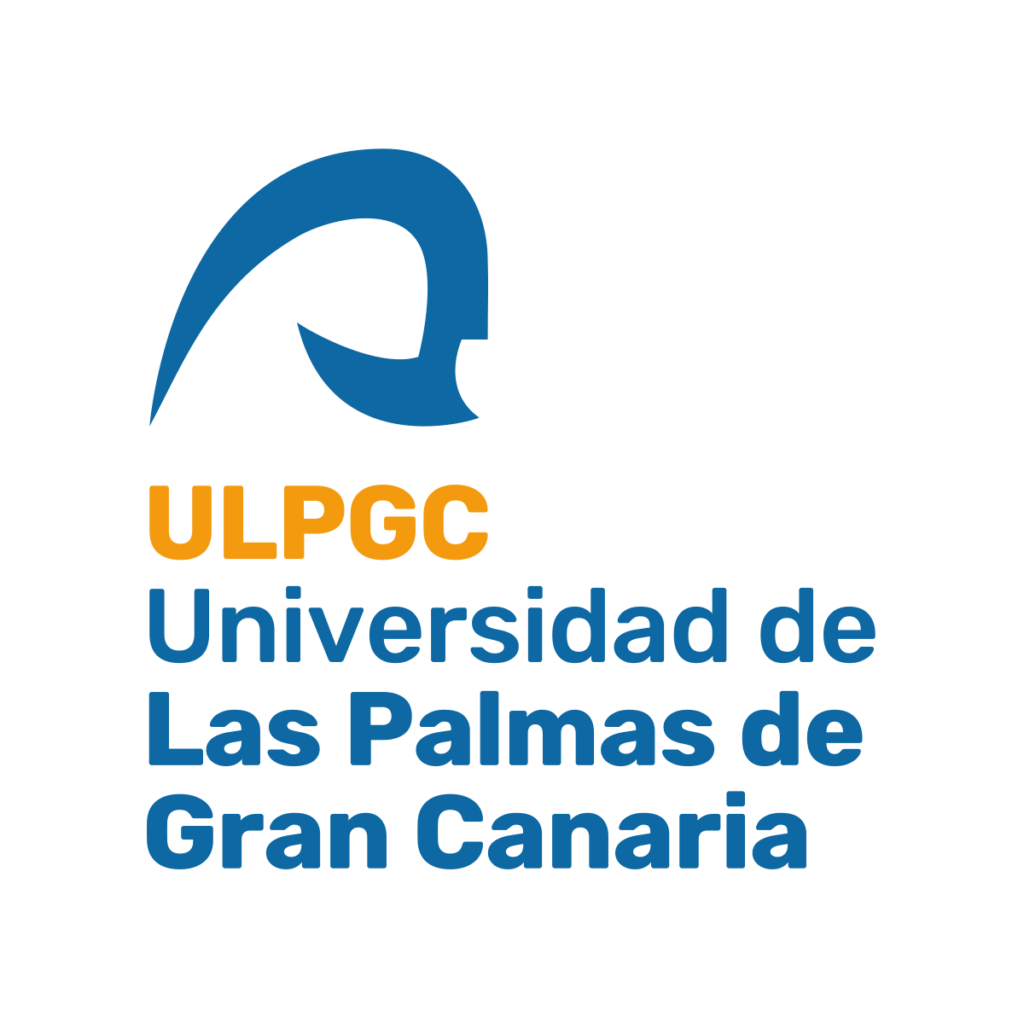
Thermodynamics of sustainability, an introduction to natural resource valuation
Antonio Valero Capilla & Alicia Valero Delgado
CIRCE Institute, University of Zaragoza, Spain.
Topic O. Energy, materials, waste and water: Resources and footprints

Clear paths to teach exergy
Daniel Favrat
Ecole Polytechnique Fédérale de Lausanne (energy center), Lausanne, Switzerland.
Topic B. Exergy-based analysis: Applications and teaching in academia.

Production and use of green hydrogen in the industrial sector
ANNA STOPPATO
University of Padova, Italy<BR>
Topic G. Fuels, combustion & gasification. Fuel cells. Hydrogen use in energy systems.



















